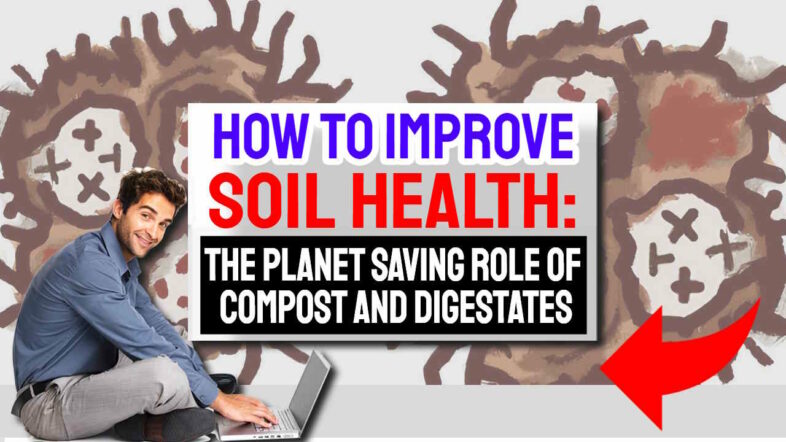How to Improve Soil Health is a pressing concern. It was the subject of evidence Dr Jane Gilbert from Carbon Clarity gave oral evidence on behalf of CIWM to the Environment, Food and Rural Affairs Committee at the House of Commons recently. Her presentation was provided with an emphasis on the value of compost and digestates from the treatment of organic wastes. The evidence she gave will be key in shaping the UK government's thinking on the importance of organic waste management.
The topic could not be more important, as soil health impinges directly upon the ability of the nation to produce food and feed itself. For that reason, we decided to research the subject, and right this article on the issue of soil health and the unique ability of compost and digestates to improve it. In fact, improve it in a way that won't involve raising carbon emissions.
Better than that though! There is a planet-saving role for compost and digestates. Read on and find out more!
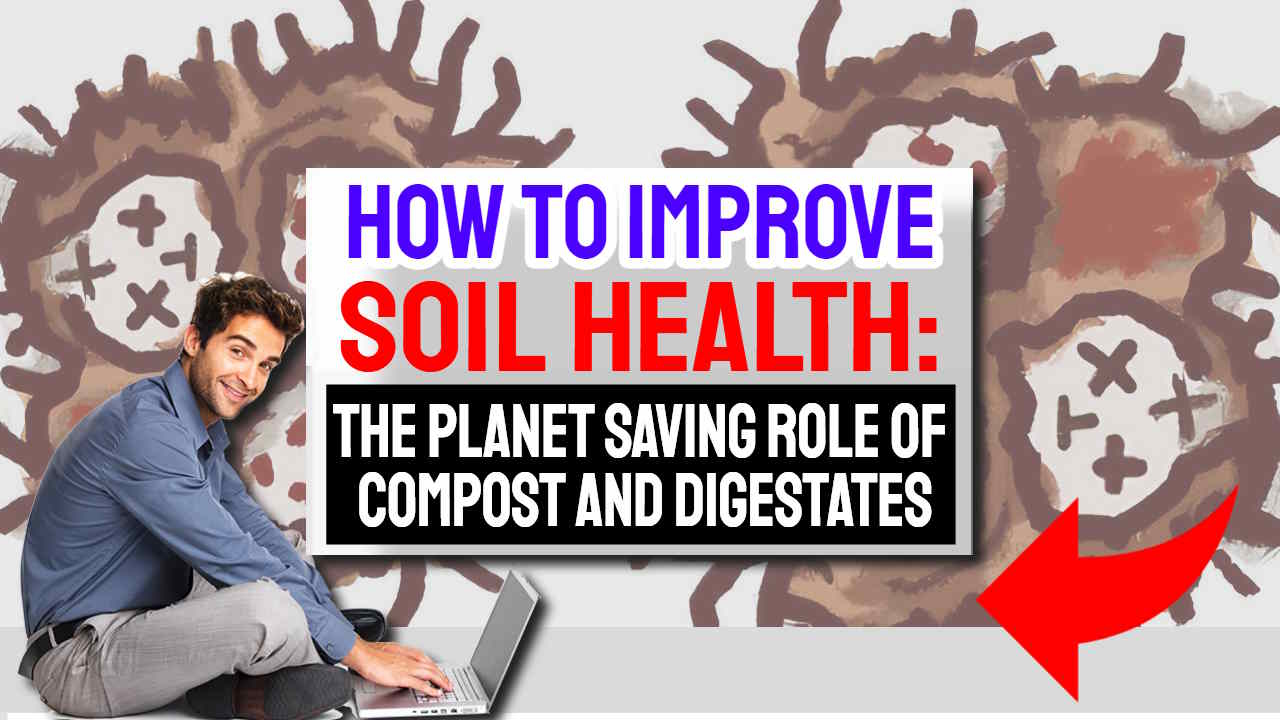
INTRODUCTION
Organic waste management is key to reducing greenhouse gas emissions and improving soil health. With agriculture being a major emitter of greenhouse gases in the UK, it is imperative that we explore solutions to reduce these emissions. We can say right now that full development of the anaerobic digestion process across all agriculture would take the industry a long way toward sustainability.
But, don't take our word for it now. This article will explore the benefits of compost and digestates in:
- improving soil health and
- reducing greenhouse gas emissions.
In addition, we will discuss how organic waste management can contribute to meeting climate and biodiversity targets.
How Can Composting and anaerobic digestion aid soil health?
Composting and anaerobic digestion are methods used to treat organic waste. The resulting physical products, called compost and digestates, respectively, have proven to be beneficial for soil health.
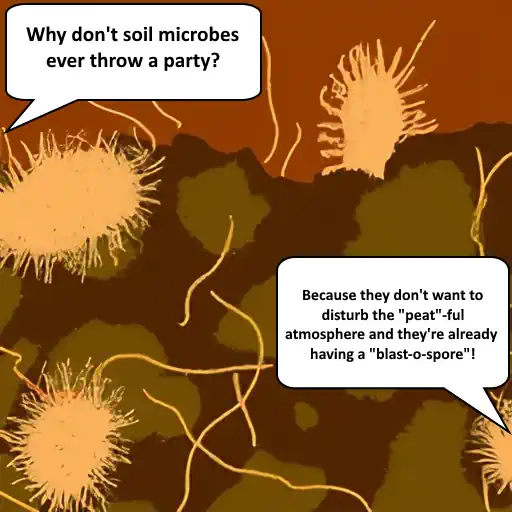
Compost and digestates are rich in nutrients, including nitrogen, phosphorus, and potassium, which are essential for plant growth. Unlike inorganic fertilisers, they are renewable and do not require the use of non-renewable fuel to produce them
They also contain organic matter, which improves soil structure, water-holding capacity, and soil biology. They come with abundant microorganisms much needed for plant health, disease resistance, and strong growth.
Using compost and digestates as soil amendments can lead to improved crop yields and reduced chemical fertilizer use. Plus it can be cheaper to fertilise each crop!
The role of organic waste management in reducing greenhouse gas emissions
Organic waste management, including composting and anaerobic digestion, can also contribute to reducing greenhouse gas emissions.
When organic waste is sent to landfills, it decomposes and produces methane, a potent greenhouse gas. However, when organic waste is treated through composting or anaerobic digestion, the methane is captured and can be used as a source of renewable energy.
In addition, the resulting compost and digestates can reduce the need for inorganic non-renewable synthetic fertilizers, which are energy-intensive to produce and contribute to greenhouse gas emissions.
Benefits of compost and digestates for soil health
Composting and anaerobic digestion are methods used to treat organic waste, including food waste, green waste, and manure. The resulting products, called compost and digestates, respectively, have proven to be beneficial for soil health.
What is Compost?
Compost is produced by allowing organic waste to break down under controlled conditions. The resulting material is rich in nutrients, including nitrogen, phosphorus, and potassium, which are essential for plant growth. Compost also contains organic matter, which improves soil structure, water-holding capacity, and soil biology. Composting can also reduce the volume and weight of organic waste, making it easier to transport and manage.
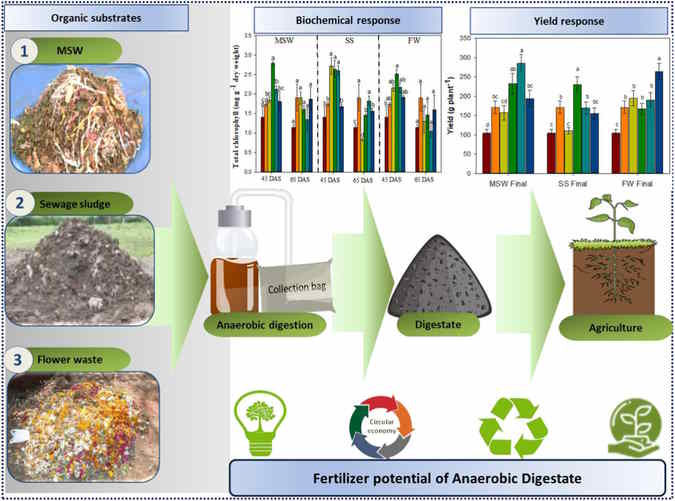
What is Digestate?
Digestates are produced through anaerobic digestion (AD): a similar process to composting but in the absence of oxygen. AD is often accomplished on a slurry of organic materials but is also done in the solid phase known as dry AD, which is much more like composting without air.
During anaerobic digestion, microorganisms break down organic waste, producing biogas, a mixture of methane and other gases. The biogas is captured and used as a source of renewable energy, while the remaining material, called digestate, is rich in nutrients and organic matter.
Beneficial Use of Compost and Digestates
Using digestates as soil amendments can lead to improved crop yields and reduced fertilizer use.
Compost and digestates can also improve soil health by increasing the diversity and activity of soil microorganisms. Healthy soil microorganisms are essential for nutrient cycling, disease suppression, and plant growth.
According to the UK Anaerobic Digestion and Bioresources Association (ADBA), anaerobic digestion can reduce greenhouse gas emissions by 1 tonne of CO2 equivalent per tonne of waste treated. In addition, the use of compost and digestates can reduce the need for synthetic fertilizers, which are energy-intensive to produce and contribute to greenhouse gas emissions.
THE ROLE OF ORGANIC WASTE MANAGEMENT IN MEETING CLIMATE AND BIODIVERSITY TARGETS
Agriculture is a major emitter of greenhouse gases in the UK, accounting for 11% of overall emissions in 2020. To meet climate and biodiversity targets, it is imperative that we explore solutions to reduce these emissions.
The government aims to reduce agricultural emissions by up to 6m tonnes of CO2 equivalents each year under the 2033-37 carbon budget. This will be achieved in part through the Environmental Land Management Scheme (Elms), which will provide financial incentives to farmers who adopt practices that reduce greenhouse gas emissions and improve biodiversity.
Organic waste management, including composting and anaerobic digestion, can also contribute to meeting these targets. By reducing greenhouse gas emissions and improving soil health, compost and digestates can play a key role in achieving a sustainable, low-carbon agricultural system.
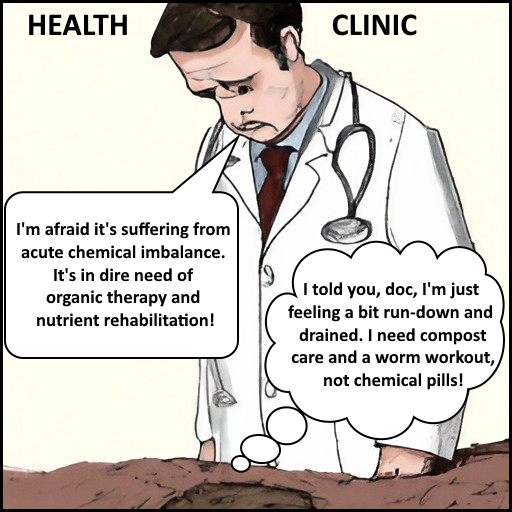
Conclusion: Enhancement of Soil Health from Compost and Digestates
In conclusion, organic waste management is key to reducing greenhouse gas emissions and improving soil health.
Compost and digestates can provide a range of benefits, including nutrient-rich soil amendments, renewable energy, and reduced greenhouse gas emissions. By adopting practices that prioritize organic waste management, including the use of compost and digestates, farmers can play a key role in meeting climate and biodiversity targets.
How to Improve Soil Health: A Comprehensive Guide
Soil health is the backbone of any successful garden or agricultural project. However, maintaining and improving it is an art that requires a fair bit of knowledge and dedication. In this guide, we'll delve into practical tips and techniques on how to improve soil health, thereby enriching your garden and supporting a more sustainable environment.
Understanding the Importance of Soil Health
Before we dive into how to improve soil health, it's essential to understand why it's important. Soil health directly impacts plant health and yield. Healthy soil is a living ecosystem, packed with beneficial bacteria, fungi, and other microorganisms that help plants grow. It also provides the necessary nutrients, water, and air that plants need.
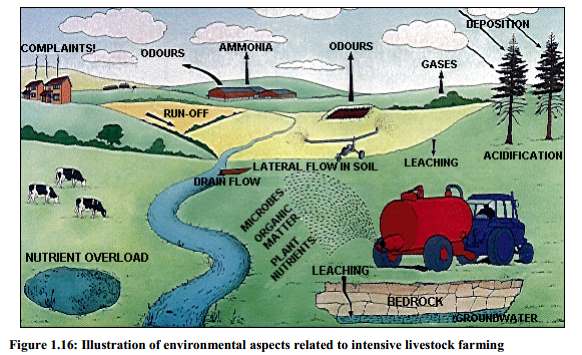
Identifying Your Soil Type
The first step in improving soil health is to understand what kind of soil you're dealing with. Soils can range from sandy to clayey, with loamy soil being the ideal middle ground. You can test your soil type at home by simply feeling it, or for a more accurate result, use a soil testing kit.
Techniques on How to Improve Soil Health
Add Organic Matter
One of the most effective ways to improve soil health is by adding organic matter, such as compost, aged manure, or cover crops. Organic matter increases soil fertility, improves soil structure, and enhances water and nutrient-holding capacity.
Use Crop Rotation and Diversity
Crop rotation is a traditional farming practice that can significantly improve soil health. This technique involves changing the type of plants grown in each area over time, which helps prevent the depletion of nutrients and disrupt the cycle of pests and diseases. Incorporating a variety of plants also contributes to a healthier, more balanced soil ecosystem.
Limit Tilling
Tilling can disrupt the soil structure and harm beneficial soil organisms. While sometimes necessary, try to minimize tilling and opt for less disruptive methods like hand digging or broad forking.
Protect the Soil Surface
Exposing soil to the elements can lead to erosion and loss of nutrients. Covering the soil with mulch or cover crops can protect it, conserve moisture, and suppress weeds. This practice is often referred to as “soil armour.”
Invest in Soil Testing
If you're serious about understanding how to improve soil health, consider investing in a professional soil test. These tests can provide detailed information about your soil's pH level, nutrient content, and more. This can guide you on what amendments your soil needs for optimum health.
Conclusion to: How to Improve Soil Health
Understanding how to improve soil health is essential for anyone involved in all horticulture from farming to gardening. The addition of compost and digestate is a unique sustainable way to wean agriculture globally away from non-renewable chemical fertilizer use. In fact, it is the only way right now that we know how to improve soil health with current technologies.
By following these steps, you can create a vibrant, fertile, and sustainable environment for your plants. Remember, soil health doesn't improve overnight—it's a continuous process that requires care and patience.
But the rewards, in the form of vibrant, healthy plants and increased yield, are well worth the effort.


